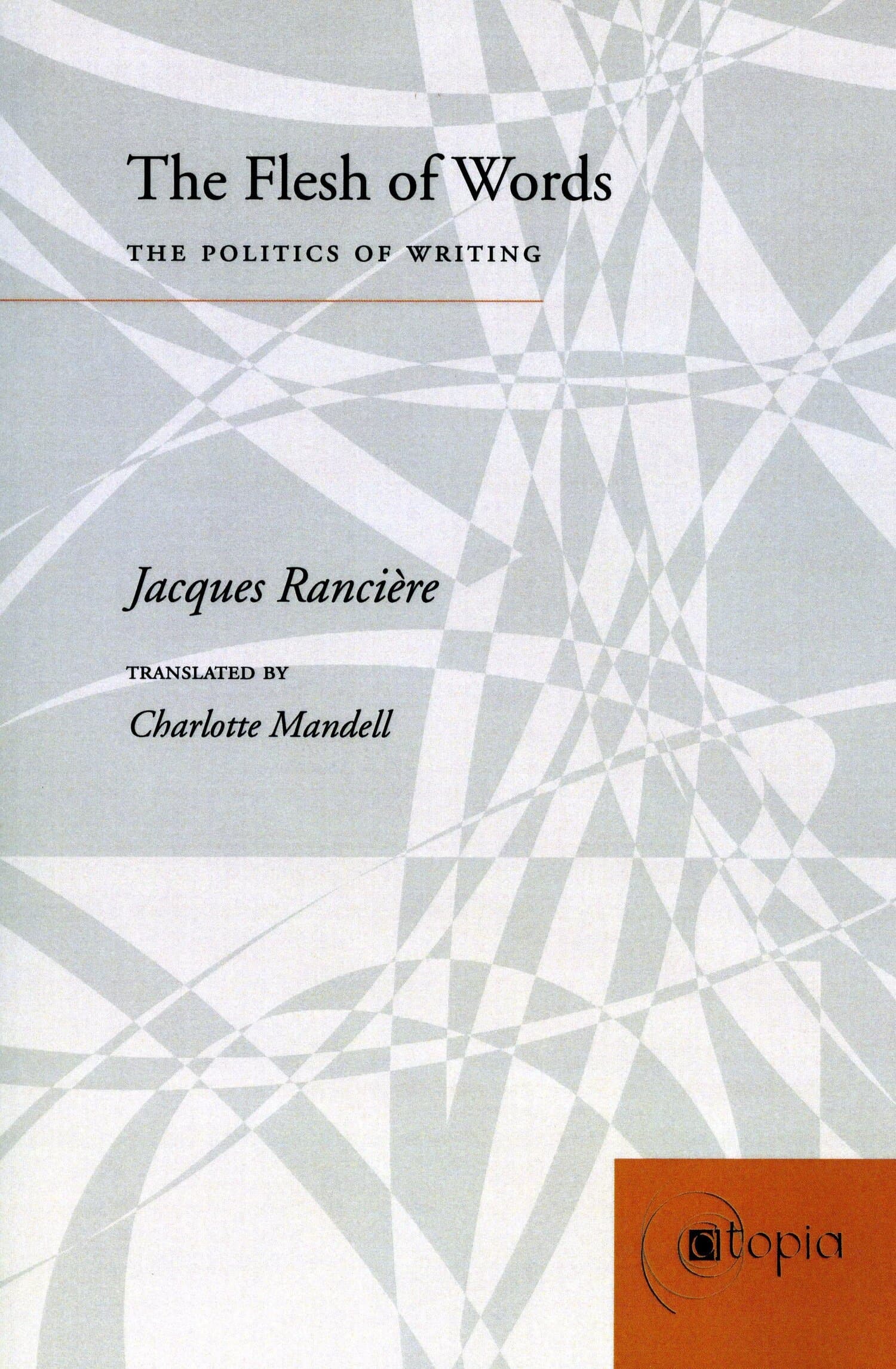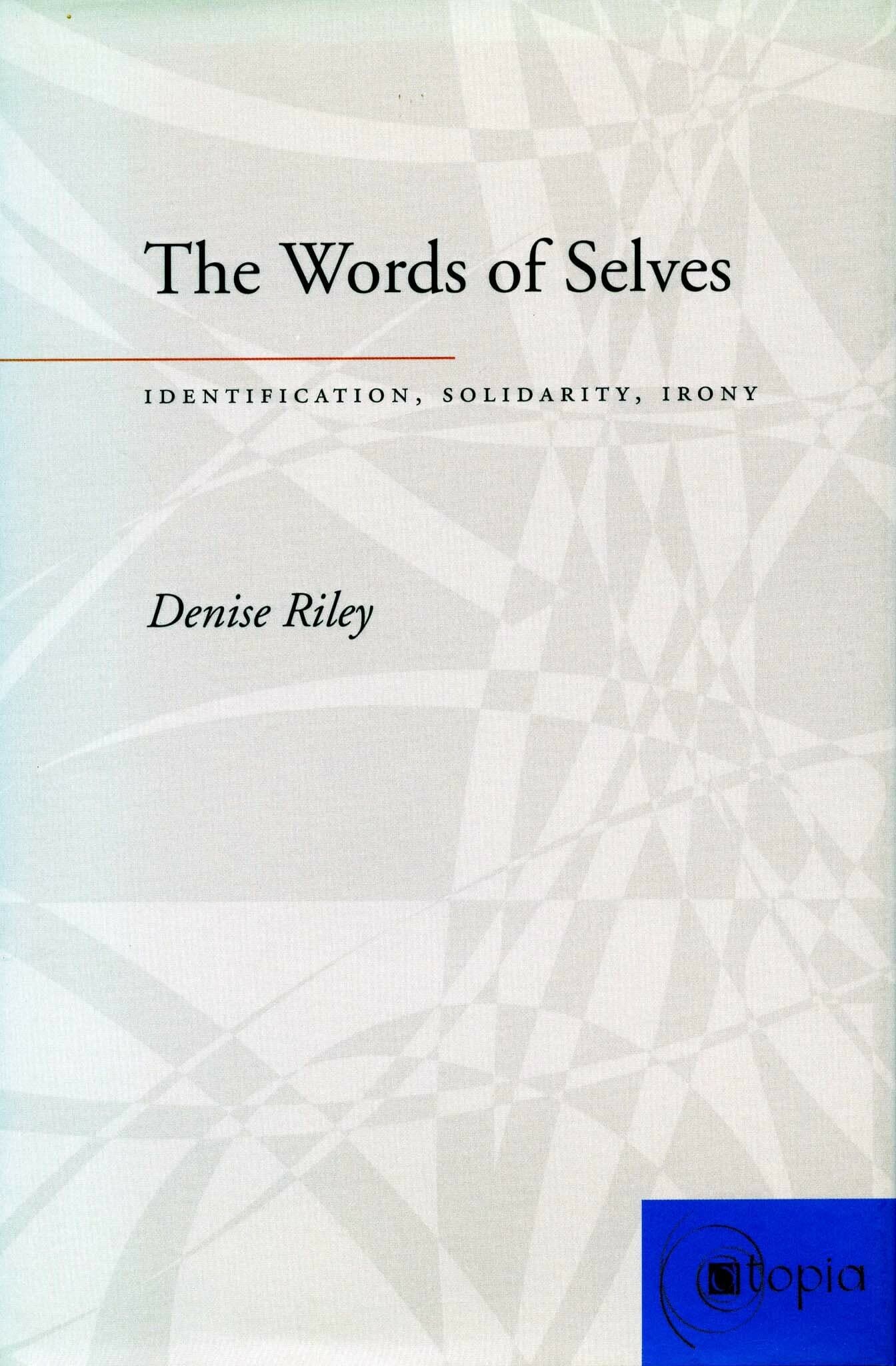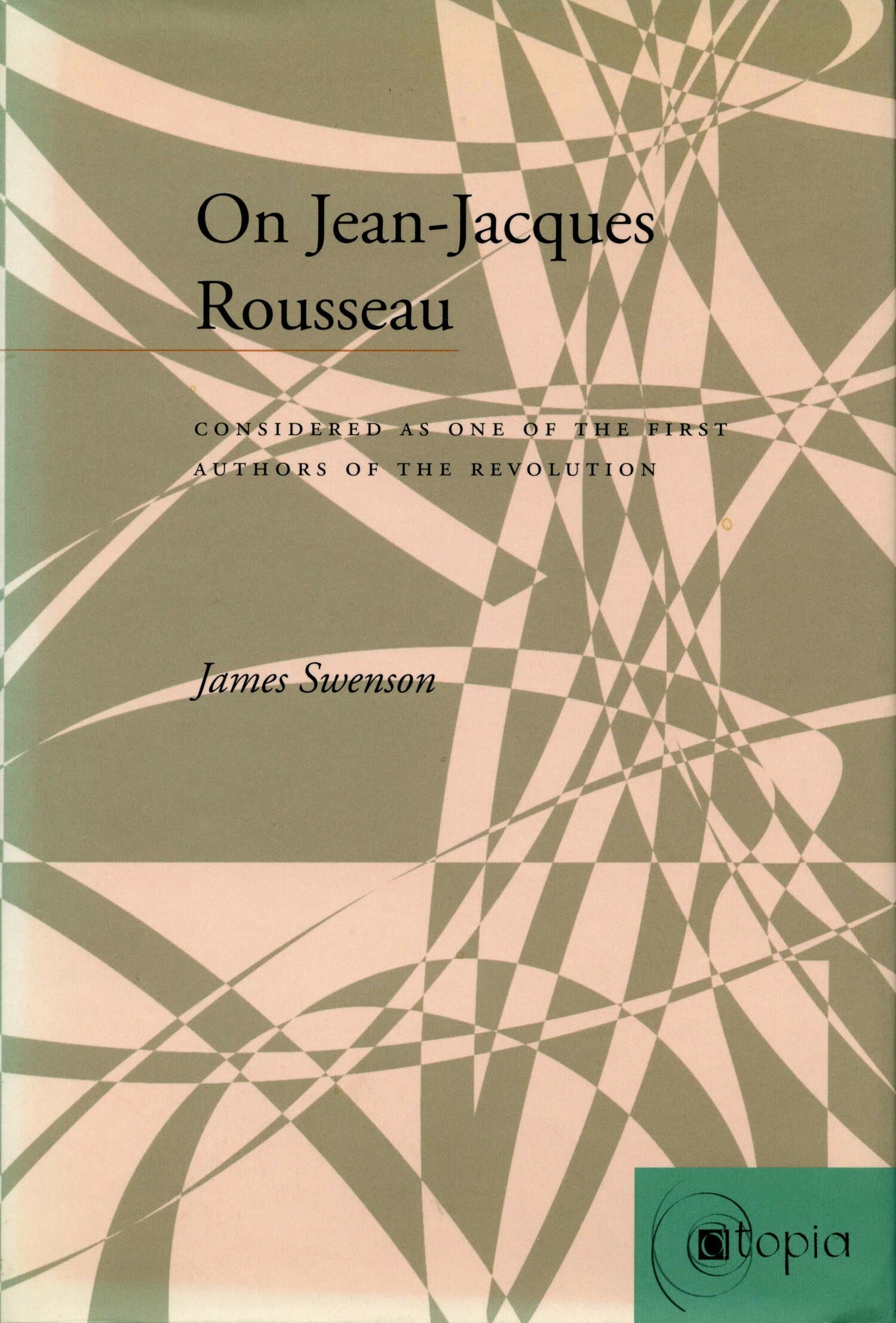Atopia: Philosophy, Political Theory, Aesthetics
JUDITH BUTLER, FREDERICK M. DOLAN, SERIES EDITORS
What is the relationship between philosophy and the political? Classically, political theory has been seen as the derivation of rules of conduct from philosophically established first principles. Moreover, since Plato—their philosophical pedigree notwithstanding—aesthetic images have been deployed to render intelligible and discussible the principles and rules derived from them and to make vivid the relationship of superiority and inferiority that obtains between them. This understanding has perhaps never been more thoroughly in question than at present. One result has been a renewed appreciation of the intimate but troubled connections among philosophy, political theory, and aesthetics. Time and again we hear that a distinctive sense of the political has evaporated, that philosophy may have come to an end, that the aesthetic understanding of the artwork obscures rather than reveals. The guiding conviction of Atopia is that the questioning of foundations leads to provocative new ways of imagining and re-imagining the shared terrain of philosophical reflection, political thought, aesthetics. We recognize, and welcome, that the kind of thinking to which we allude may cross generic distinctions between aesthetics, political theory, and philosophy. We hope that it will tend toward the “a-topic”: unclassifiable, out of place, perhaps out of order. Our concern is not to maintain the purity of philosophy, political theory, and aesthetics as specialized disciplines, but to take the measure of the break with the past, seeing it as an opportunity to think anew rather than to lose our bearings: we hope for an engagement with theory, philosophy, and art that does not end in a nihilism for which “nothing is true, everything is permitted,” but rather seeks to face up to the difficult but pleasurable demand to articulate judgments in a secular world bereft of absolutes—including, importantly, the stale absolutism of secularity itself. Above all, we aim to publish work that situates itself carefully and rigorously with respect to traditional answers, re-evaluates and reformulates traditional questions, or seeks points of departure outside the tradition as such. Only in this way, we believe, can we begin the interrogation of the break with the past. This series is closed.
Books
 Award winner
Award winnerThe Flesh of Words
The Politics of WritingJacques Rancière Translated by Charlotte Mandell- Jacques Rancière Translated by James B. Swenson
- Between the Transcendental and the HistoricalBéatrice Han Translated by Edward Pile
- Robert Gooding-Williams






